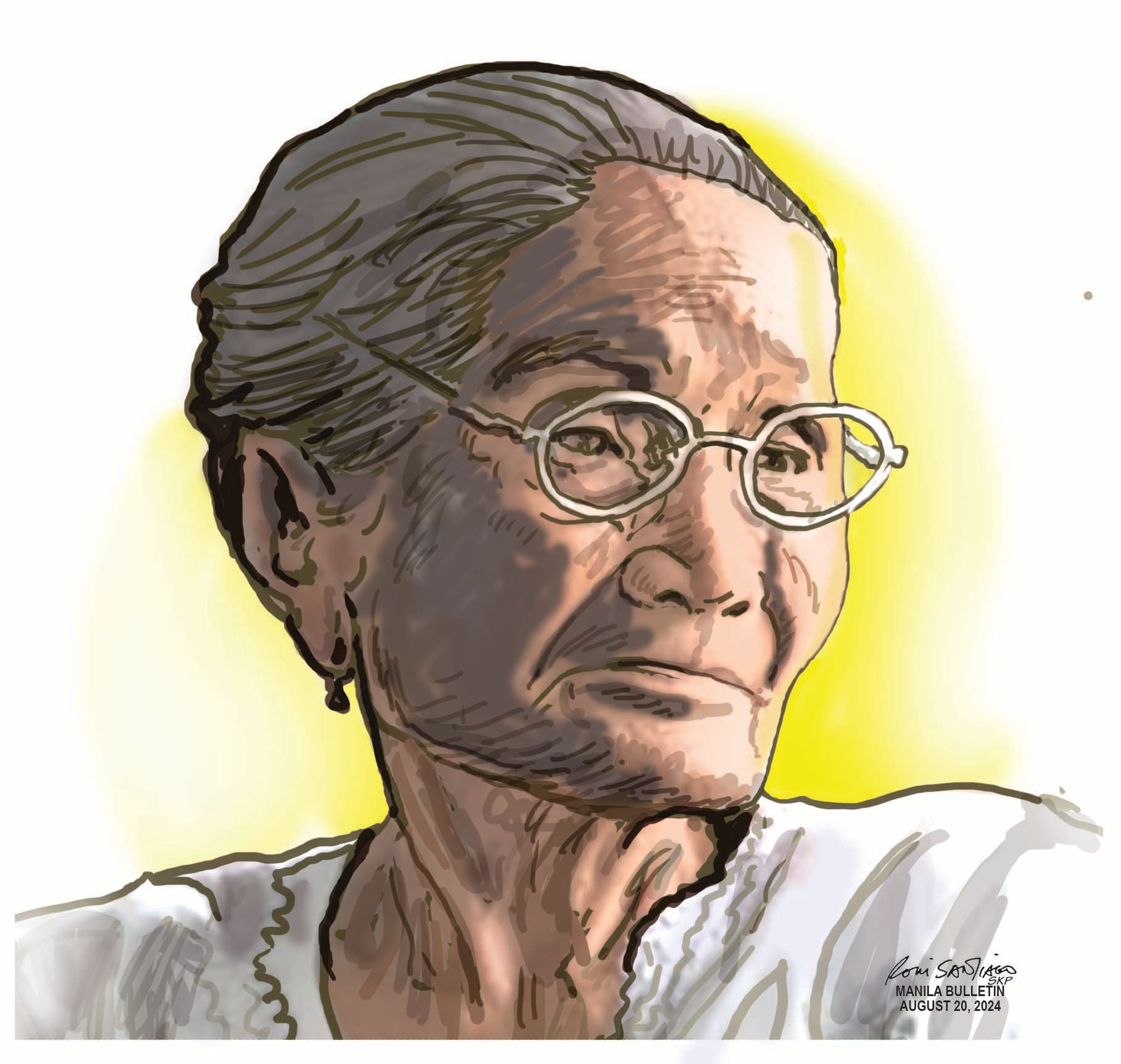Magdalena Gamayo, Manlilikha ng Bayan, celebrates centennial year; a grateful nation honors her legacy

To emphasize the vital role of culture in shaping the Filipino people’s aspirations for sustainable development, President Ferdinand Marcos, Jr. issued Proclamation No. 664 declaring the period Aug. 13, 2024 to Aug. 12, 2025 as the Centennial Year of Manlilikha ng Bayan Magdalena Galinato Gamayo.
In 2012, she was conferred the Gawad Manlilikha ng Bayan (GAMABA) or the National Living Treasure Award. This was in accordance with Republic Act No. 7355 which mandates support for traditional folk artists’ “contribution to the national heritage by ensuring that the artistic skills which they have painstakingly cultivated and preserved” are passed on to future generations.
GAMABA, which was launched in 1993, is equal to the National Artist award, as both awards come with the same benefits. Magdalena Gamayo is one of the 19 artisans who have been conferred with the award; she received the honor in 2012. She followed two 1998 awardees in the field of cloth weaving, namely, Lang Dulay and Salinta Monon, of the T’boli and Tagabawa Bansalan communities, respectively, that thrive in Lake Sebu in Timog Cotabato and Bansalan, Davao del Sur. Another cloth weaver, Ambalang Ausalin of the Yakan community in Lamitan, Basilan, was honored similarly in 2016.
On its 124th anniversary last February, the Manila Bulletin honored her as one of the Newsmakers of the Year. Last week, she celebrated her 100th birthday in her home in Pinili, Ilocos Norte. From age 16, she had been taught by her mother and aunts how to weave inabel, Ilocano for woven material used for clothing, tablecloths, and purses and in local customs related to childbirth, marriage, and even death. In the aftermath of World War II, she persevered in learning and mastering the Ilocano art of weaving, then passing on the skills to other women. When she was interviewed by the Manila Bulletin on her 99th birthday, she declared: ““Over the years, it has become a part of me to weave and I just cannot see myself stopping just yet.”
Her signature style inabel a sabong, or woven flower pattern, is preserved and exhibited at the National Museum of the Philippines, as it is regarded as “the most difficult and most refined version of the impalagto weaving tradition, that is unique to her hometown. The public may also find the same pattern displayed on the walls of the Art Deco-style Manila Metropolitan Theater. Nana Dalen, as she is fondly called, continues to mentor younger weavers, imparting her “color sensitivity, experimentation with color combinations, and ability to understand patterns.” Among the permutations of patterns that she has popularized are the kinuros or plaids, inunsoy or stripes, and binakol or whirlwinds.
Nana Dalen has donated a portion of her family-owned lot to the Ilocos Norte provincial government for the construction of the Pinili Inabel Center, to manifest her lifelong commitment to fostering the Ilocano weaving tradition as an enduring legacy for present and future generations of Filipinos.